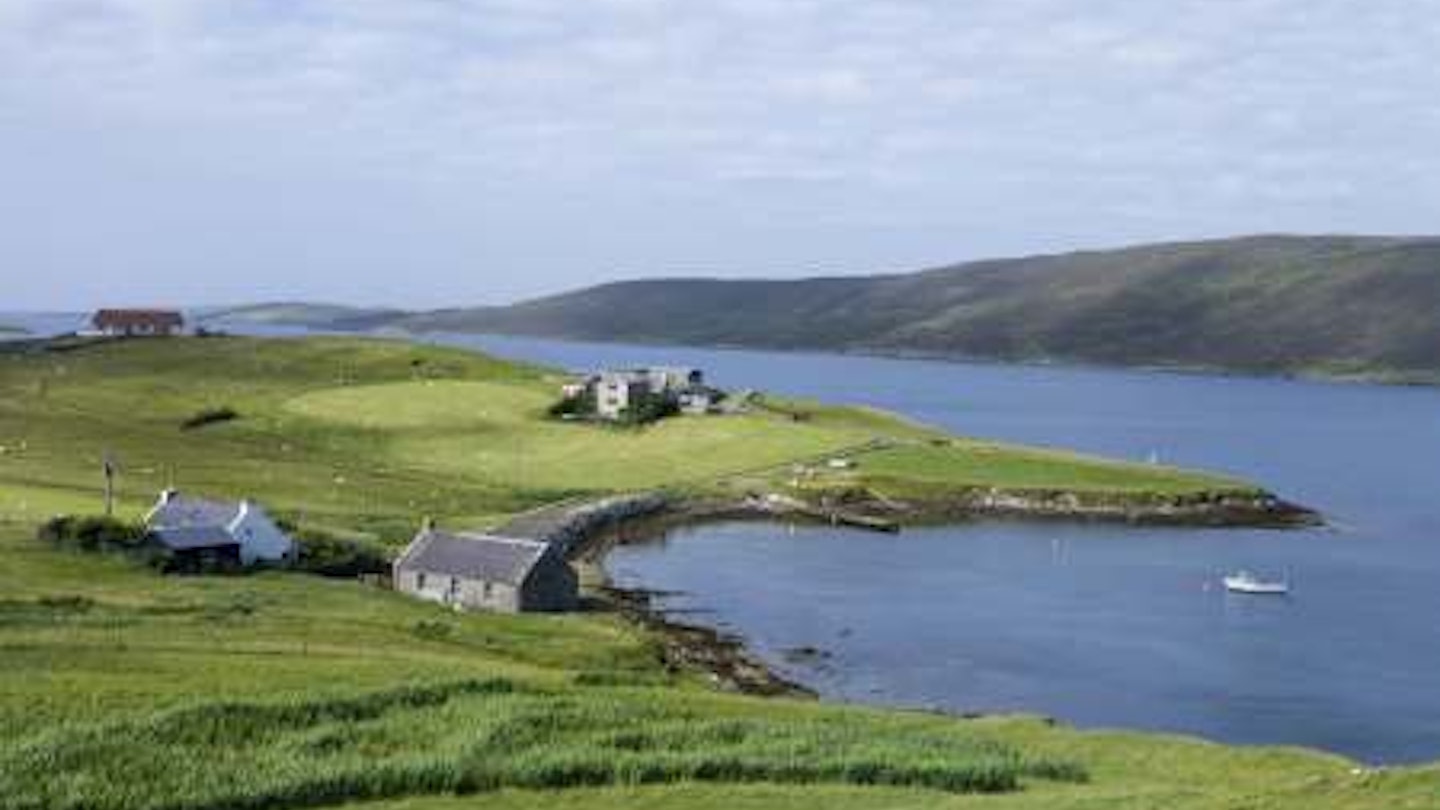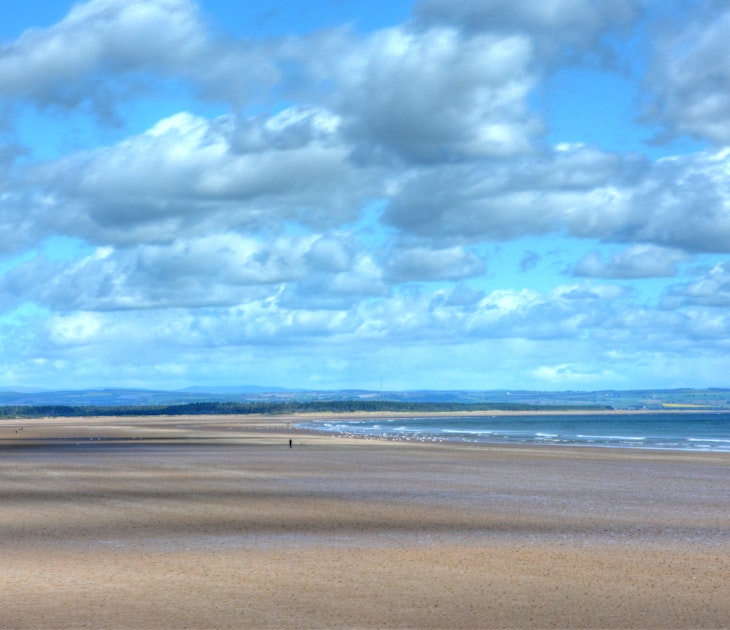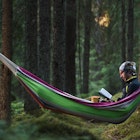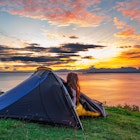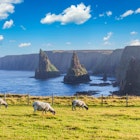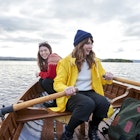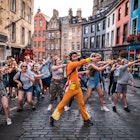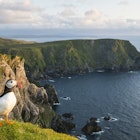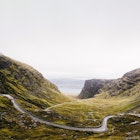The Shetland Islands have been listed as one of the top regions in the world to visit next year in our new book, Best in Travel 2011. The book singles out the 'last untamed corner of the UK' for special praise, advising 'adventurous travellers to step this way'.
Lonely Planet staffer and Best in Travel 2011 contributor Tom Hall says that 'it's no surprise that we've singled out a little-known but beautiful and rewarding corner of the UK as a must-see next year. The Shetland Islands have a huge amount to offer wildlife-watchers, outdoor enthusiasts and culture buffs.'
It's the Shetland Islands' time
The rugged and remote Shetland Islands – a collection of mighty, wind-ravaged clumps of brown and green earth rising from the frigid waters of the North Sea – are Scotland’s northerly outpost and feel miles away from anywhere. Mainland, as the biggest island is known is surrounded by over 100 windswept and virtually treeless islands making up the archipelago.
Far more desolate and cut off than neighbouring Orkney, the light here is even more changeable than on mainland Scotland. Different parts of the island are variously illuminated at any given hour – the window for that perfect photo can be short. The setting is still uniquely Scottish, though, with deep, naked glens flanked by steep hills, twinkling, sky-blue lochs and, of course, sheep with no comprehension of the 'right of way' on roads.
Things to do in the Shetland Islands
- Lerwick, the capital of the Shetlands stubbornly defies its seclusion from the rest of Scotland with a vitality that’s surprising for such an isolated town. The constant influx of tourists and oil workers provides vibrancy and energy, breathing life into the grand Victorian housing that abounds here. Lerwick is the only place of any size in this island group.
- Shetland Museum in Lerwick is an impressive recollection of 5000 years worth of culture and people, and their interaction with this ancient landscape. There’s a smorgasbord of Shetland treasures, including hanging boats, and you can even pop into the underground home of a trowie knowe (a Shetland mythical creature).
- The fortified site of Clickimin Broch, just under a mile southwest of the town centre, was occupied from the 7th century BC to the 6th century AD. It’s impressively large and its setting on a small loch gives it a feeling of being removed from the present day – unusual given the surrounding urban encroachment.
- It may have caused much local debate, but it all promises to be worth it. Opening in 2011, Mareel is a new film and music centre in a striking modern building on Lerwick's quayside, next to the Shetland Museum.
- The western side of Mainland is notable for its varied scenery: bleak moors, sheer cliffs, rolling green hills, and numerous cobalt-blue lochs and inlets. It’s ideal for walking, cycling and fishing. Out in the Atlantic Ocean, about 15 miles southwest of Walls, is the 8-sq-km island of Foula (Bird Island), which competes with Fair Isle for the title of Scotland’s most isolated inhabited island. Foula supports 42 people, 1500 sheep and 500,000 sea birds, including the rare Leach’s petrel and Scotland’s largest colony of great skuas.
- It’s a stomach-churning ferry ride to Fair Isle but worth it for the stunning cliff scenery, isolation and hoards of winged creatures. About halfway to Orkney, Fair Isle is one of Scotland’s most remote inhabited islands. It’s only 3 miles by 1.5 miles in size and is probably best known for its patterned knitwear, still produced in the island’s co-operative, Fair Isle Crafts.
- Fair Isle is also a paradise for bird-watchers, who form the bulk of the island’s visitors. Fair Isle is in the flight path of migrating birds, and thousands breed here. They’re monitored by the Bird Observatory, which collects and analyses information year-round; visitors are more than welcome to participate.
- The small George Waterston Memorial Centre on Fair Isle has photos and exhibits on the island’s natural history, crofting, fishing, archaeology and knitwear.
Getting there
Unlike Orkney, Shetland is relatively expensive to get to from mainland Scotland.
By air: The oil industry ensures that air connections are good. The main airport is at Sumburgh, 25 miles south of Lerwick. There are three to five flights daily between Sumburgh and Aberdeen (one hour) with British Airways/Loganair. BA flies daily between Orkney and Shetland (35 minutes). You can also fly direct from London (Stansted), Inverness, Glasgow and Edinburgh.
By boat: Northlink Ferries runs car ferries between Lerwick and Kirkwall in Orkney. Northlink also runs overnight car ferries from Aberdeen to Lerwick (passenger return £42 to £64, car return £170 to £230, 12 to 14 hours, daily) leaving Aberdeen at 5pm or 7pm.
Best in Travel 2011 reveals the best places to go and things to do all around the world right now!
Drawing on the knowledge, passion and miles travelled by Lonely Planet's staff, authors and online community, we present a year's worth of travel inspiration to take you out of the ordinary and into some unforgettable experiences.
